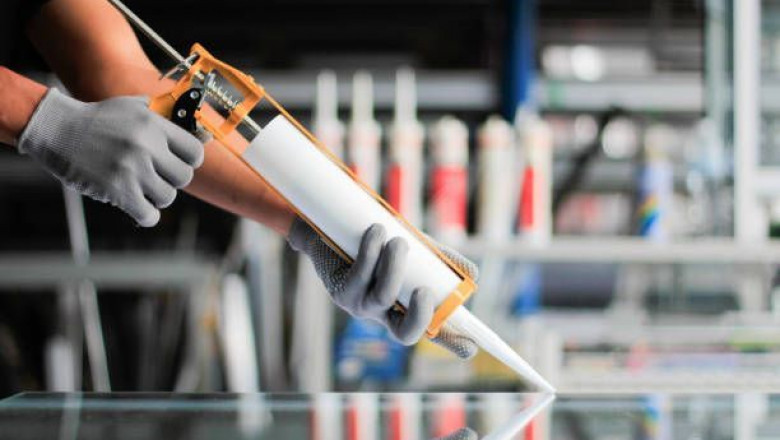views
Floor Adhesives Market Challenges: Addressing Supply Chain and Raw Material Volatility
The Floor Adhesives Market is navigating a landscape filled with persistent challenges, primarily rooted in supply chain disruptions and raw material volatility. These issues have significantly impacted production costs, product availability, and delivery timelines, posing obstacles for manufacturers, distributors, and end-users alike. Understanding and addressing these challenges is crucial for market players aiming to maintain competitiveness and secure long-term growth.
Raw Material Volatility: A Persistent Concern
Raw materials such as polyurethane, epoxy, acrylics, and various solvents are essential components in floor adhesive formulations. Many of these inputs are derived from petrochemicals, which are notoriously sensitive to global oil price fluctuations. Events such as geopolitical conflicts, regulatory restrictions, and energy crises can all dramatically influence availability and pricing.
Recent years have seen spikes in raw material prices, largely due to global supply imbalances and energy cost inflation. This volatility has not only increased manufacturing costs but also squeezed profit margins for adhesive producers. Smaller manufacturers are particularly vulnerable, as they often lack the scale and purchasing power to absorb price shocks or negotiate long-term supply contracts.
Furthermore, environmental regulations aimed at reducing VOC emissions are reshaping material availability. Adhesive producers are under pressure to shift toward sustainable, bio-based alternatives, which are often more expensive or less readily available, adding to the complexity.
Supply Chain Disruptions
The COVID-19 pandemic exposed significant vulnerabilities in global supply chains. Extended factory shutdowns in key manufacturing hubs like China, India, and Southeast Asia led to material shortages and shipping delays. Even as the pandemic’s effects have subsided, new disruptions—such as port congestion, container shortages, and trade restrictions—continue to affect the timely delivery of adhesive products.
In particular, the floor adhesives sector, which relies heavily on just-in-time inventory models, has been forced to rethink its logistics and sourcing strategies. Manufacturers now face the challenge of balancing cost efficiency with supply chain resilience.
Additionally, regional disparities in raw material access contribute to uneven supply chain performance. While some regions have resumed steady production, others continue to face bottlenecks due to infrastructure limitations or ongoing trade barriers.
Industry Responses and Adaptation Strategies
To mitigate these challenges, many companies in the floor adhesives market are adopting proactive measures aimed at stabilizing operations and ensuring consistent supply.
One key strategy is diversification of suppliers and sourcing locations. By expanding their supplier base across different geographies, companies can reduce dependence on single sources and mitigate the impact of regional disruptions.
Inventory management optimization is another major focus. Manufacturers are moving away from lean inventory models toward more robust stockpiling and strategic warehousing, especially for critical raw materials.
Innovation also plays a role in addressing material volatility. R&D departments are increasingly exploring alternative raw materials that offer similar performance with better availability or lower cost. Bio-based and hybrid formulations are gaining traction not only for their sustainability but also for their ability to reduce dependency on volatile petrochemical supplies.
In terms of logistics, companies are investing in digital supply chain tools to improve visibility and responsiveness. Real-time tracking, demand forecasting, and supplier performance analytics are helping organizations to better anticipate and adapt to disruptions.
Outlook: Building Resilience for the Future
Despite ongoing challenges, the floor adhesives market is showing signs of resilience. Companies that prioritize agile supply chain management, sustainable sourcing, and flexible production processes are better positioned to weather future disruptions.
Industry stakeholders—ranging from manufacturers and suppliers to contractors and end-users—must collaborate to create a more robust ecosystem. This includes advocating for policy support, investing in domestic manufacturing capabilities, and fostering transparent supplier relationships.
Conclusion
The floor adhesives market faces significant hurdles stemming from supply chain and raw material volatility. However, by implementing strategic responses and embracing innovation, the industry can build resilience and ensure sustainable growth. Navigating these challenges effectively will be critical to maintaining stability and competitive advantage in the years ahead.






















Comments
0 comment